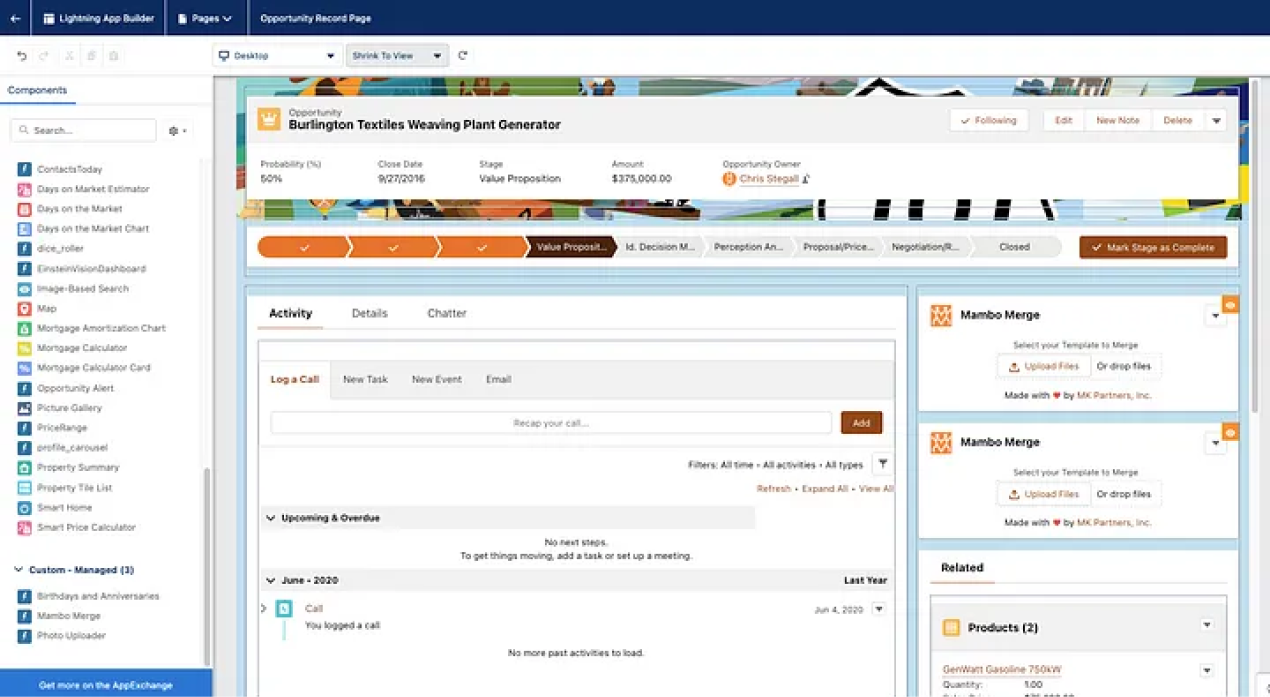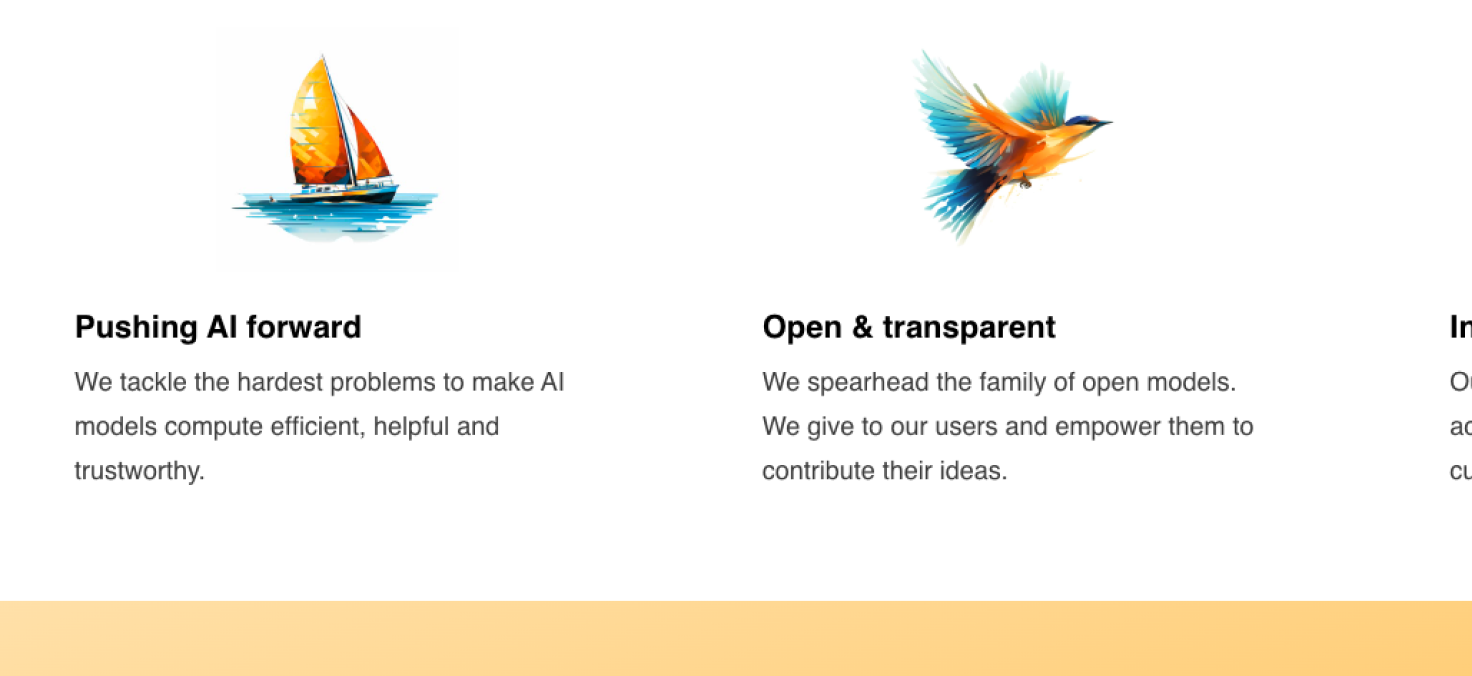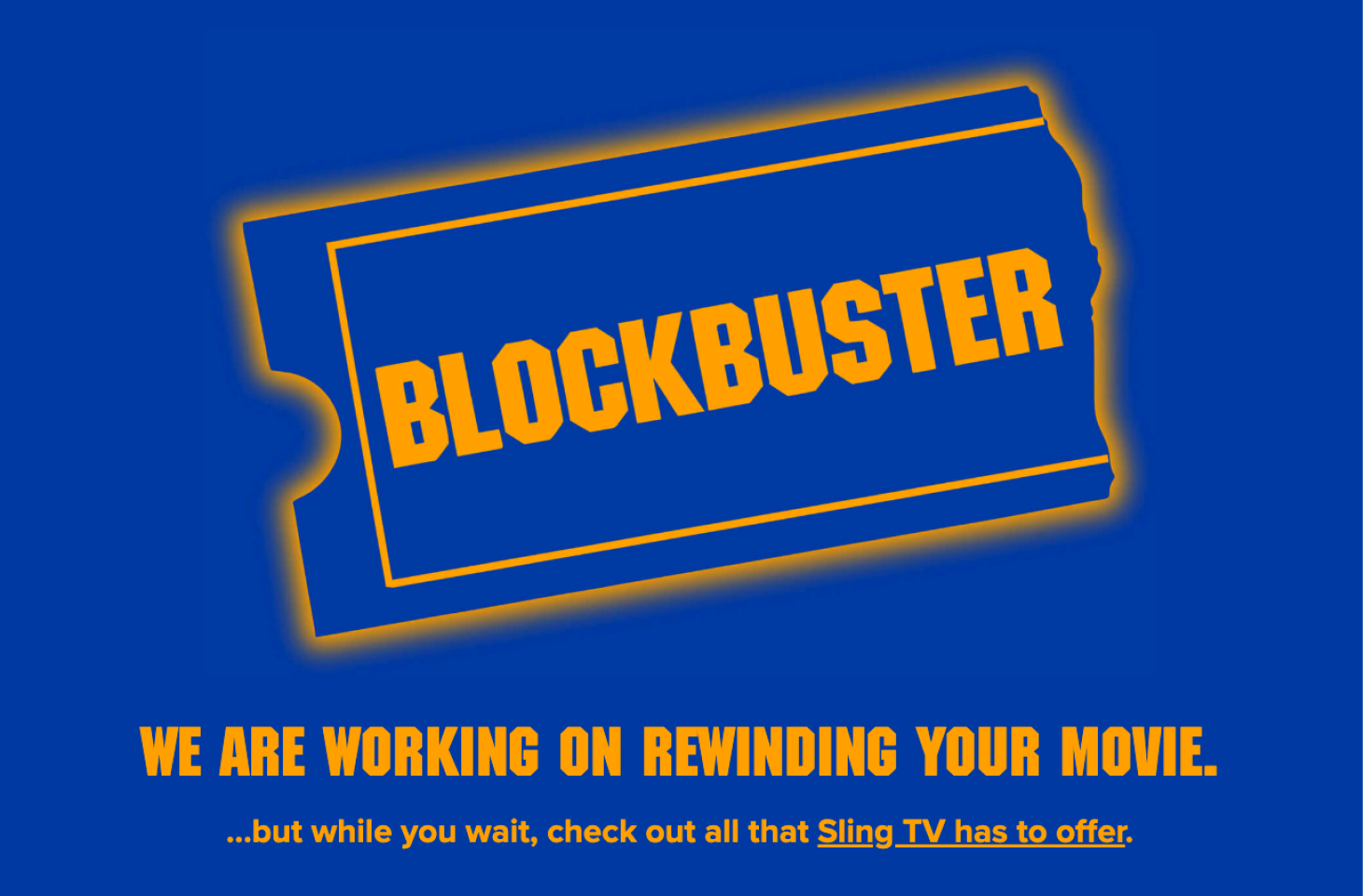A Simple Trilogy to Build Great Products
Create Product Harmony
🌺 Let’s flourish 🌸
Product Harmony == Great product, Sustainable company & Revenue growth
This is a stripped down version of a longer post, and is just focused on the three biggest things I think companies need to focus on, in order to create great products that thrive.
The three ideas are Brand | Experience | Strategy, and if you focus on being exelmpiary in those three you'll be well on your way. Consider them each as a field, a force like magnets, that push / pull / interact with one another.
It's not just one thing for each, but they all feed into and hold the rest up.
Let me Give a concrete example:
the way a customer service chat responds back, the slight color difference in the type and animation that flashes across the screen as they respond, can be both the product’s brand, and experience. Depending on if they’re later planning to sell this feature as another product altogether, or if having the best customer service is something they want to be known for, it may even hit the grand slam and also be a deliberate strategy choice as well.
The ecosystem of Brand | Experience | Strategy is what all the people in the company are a part of, and where in the market the product sits is the geography and location to that ecosystem.
The definitions & breakdown
To better understand what I mean with each of these, it would help to define what each of them are. Soooo......
Brand == the story & emotional connection to the product people have, and the choices made to create, cultivate and nurture it. Some examples are the colors, fonts, tone of voice, how things are presented to you and all those subtle details that they didn’t have to do, but really did.
What this is in practice: Why I just can’t stop talking about [ insert product or company here ] ( for good or ill ).
Example of a great brand, and one you may have never heard of, porkbun.

They make buying + managing a domain cheeky and fun, when they really don’t have to. This is a straightforward and commodified market. They’re also the cheapest in town. So ya know, with that price point, you’re willing to give them some lead like how their interface isn’t as polished whatsoever. But they provide you what you come for, are always helpful and those pigs are just so much fun.
Example of a terrible brand, Comcast ( in Chicago they’re delightfully referred to as Con-cast ). Comcast is a terrible experience in just about every way. With every attempt they make to rebrand aspects of what they do under another brand name like Xfinity, all of their applications still end up having terrible UX and just frustrate all who touch them. Sure, they have many well polished apps, the colors are great and have that in vogue aesthetic, but the connection I have to them is still the pain they bring me, it just now has some drop shadows. To edify this, a personal anecdote; I once realized the only way I could get my internet working again, and get refunded for the two weeks it didn’t work, was to blast them on Twitter.

Experience == the direct interaction with the product.
What is this in practice: *the clicking, interface layout, features, etc. The rubber meets the road with the product. *
Example of a very good experience, Tinder ( there’s a link to a whole blog on it, so it’s not just me 😝 ). And I know 🙄... but hear me out. You open up Tinder and you right away get what you’re supposed to do. See someone, read a quick blurb and then swipe yes or naw. I mean just think about it, they own swipe right.

Example of a terrible experience, Salesforce. There’s a lot of great things Salesforce can do, I know about many of them from working there for so many years. But I also know the interface is overwhelming, relies completely on muscle memory to pull those great things out from it with many rules for how you can do it. It can also be slow, and because there’s so much you can do with it, that also means there’s so much you can mess up with it.
A great experience shouldn’t need to be taught, it should be intuited. Again, think of Tinder.

Strategy == the business decisions and plan to capture, grow, and retain, customers & revenue.
Planning to start out in a specific niche, leveraging that to move into other verticals, even down to how you plan to allocate your funding, or what choices you make in building out infrastructure are all parts of it. But it also extends to how you staff, how you cultivate talent, and a whole mess of other aspects that like it or not, play into your ability to actually execute.
Strategy is being able to bend time and hold in your hand the now and the later.
What is this in practice: This is what’s used to know where and what to invest in ( from design time through infrastructure and growth ), along with when and how to position it inside and outside of the company.
Great example of strategy, Mistral. Mistral came out with nothing more than a Google Doc and an impressive founding team, that outlined their plan to build a set of AI models to out-compete OpenAI, and doing it open source to boot. Some people were impressed with their team, others laughed and said good luck. But over a year in, they’ve proven they can do it and their roadmap looks ever more exciting. ( they also have impeccable branding 👌)

Example of terrible strategy, Blockbuster. I love this example for so many reasons, namely that the competitor that took them out adapted with technology improving to not only take out their core business, but change the landscape completely. Blockbuster had the option to buy Netflix for $50 Million but supposedly laughed it off, only for the dinky little mail in option to take them out of business a few years later. We can lament the loss in being able to browse a video store ( know that I can at length ), but they’re a great example of not being able to look ahead, and focusing too much on what they had now.

This is an exerpt from a longer post that's a part of a series breaking down this idea in depth for Arc, by The Browser Company.